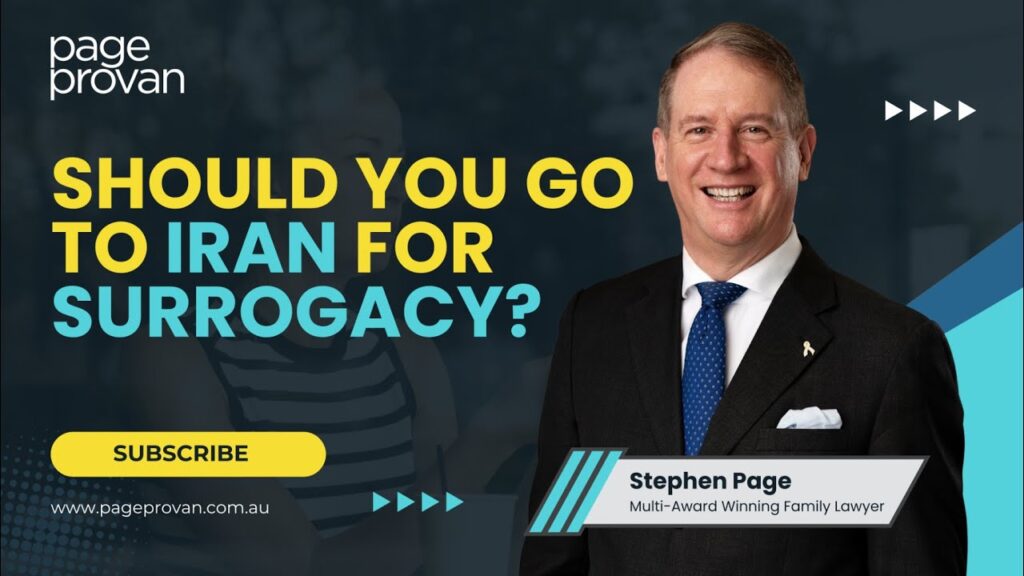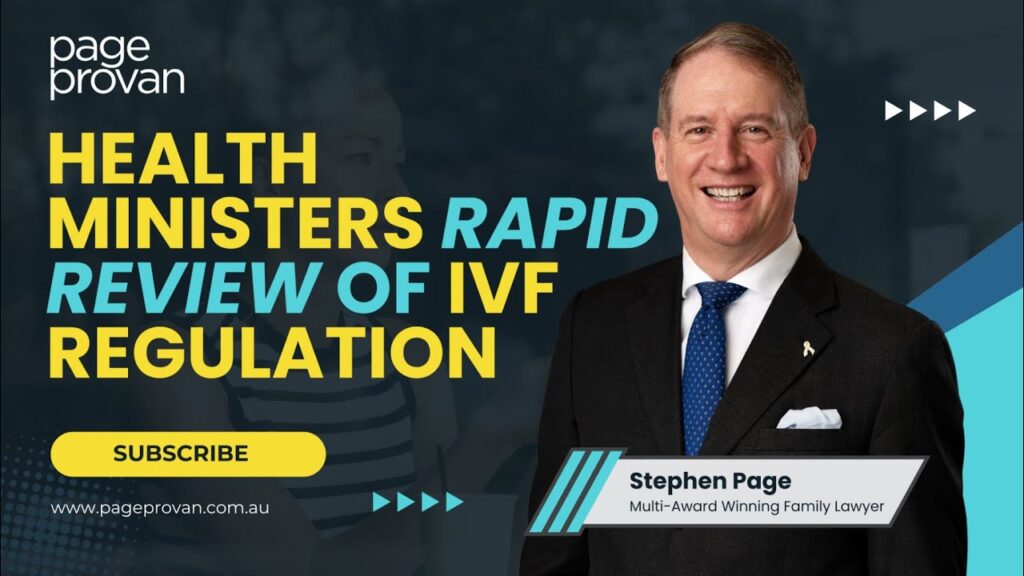International Bar Association conference presentation
Yesterday I presented to the International Bar Association conference about how Australia regulates surrogacy:
THE VIEW FROM DOWN UNDER
Sydney 10 October 2017
|
Continent
|
Country
|
|
North America
|
Canada
Mexico*
United States
|
|
South America
|
Argentina
|
|
Africa
|
South Africa
|
|
Europe
|
Georgia
Greece
Russia
Spain
United Kingdom
Ukraine
|
|
Asia
|
Cambodia*
India*
Malaysia*
Nepal*
Thailand*
|
|
No.
|
Regulator
|
Role
|
|
1
|
National Health and Medical Research Council
|
National regulator of IVF industry
|
|
2
|
Reproductive Treatment Accreditation Committee
|
National regulator of IVF industry
|
|
3
|
Victorian Assisted Reproductive Treatment Authority (VARTA)
|
Victorian regulator of IVF industry
|
|
4
|
Patient Review Panel
|
Victorian regulator covering presumption against treatment when criminal history or child protection history arises and regulator required to approve surrogacy arrangements.
|
|
5
|
Victorian Department of Health
|
General regulator of medical practices in Victoria, works closely with VARTA and Patient Review Panel.
|
|
Continent
|
Country
|
|
North America
|
Canada
Mexico*
United States
|
|
South America
|
Nil
|
|
Africa
|
Ghana
Kenya
South Africa
|
|
Europe
|
Cyprus
Georgia
Greece
Russia
Ukraine
|
|
Asia
|
Cambodia*
China*
India*
Laos
Malaysia
Nepal*
Thailand*
|












